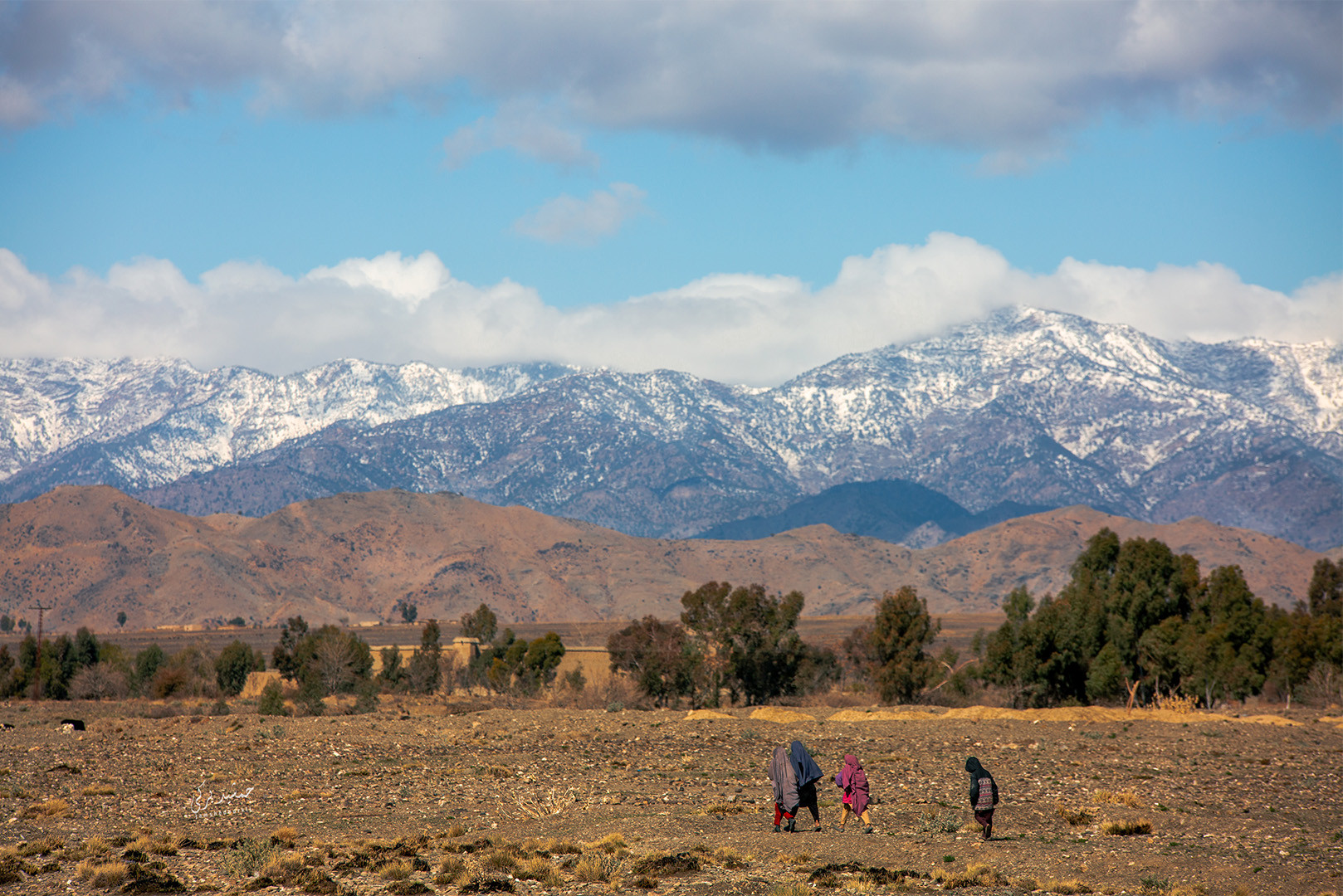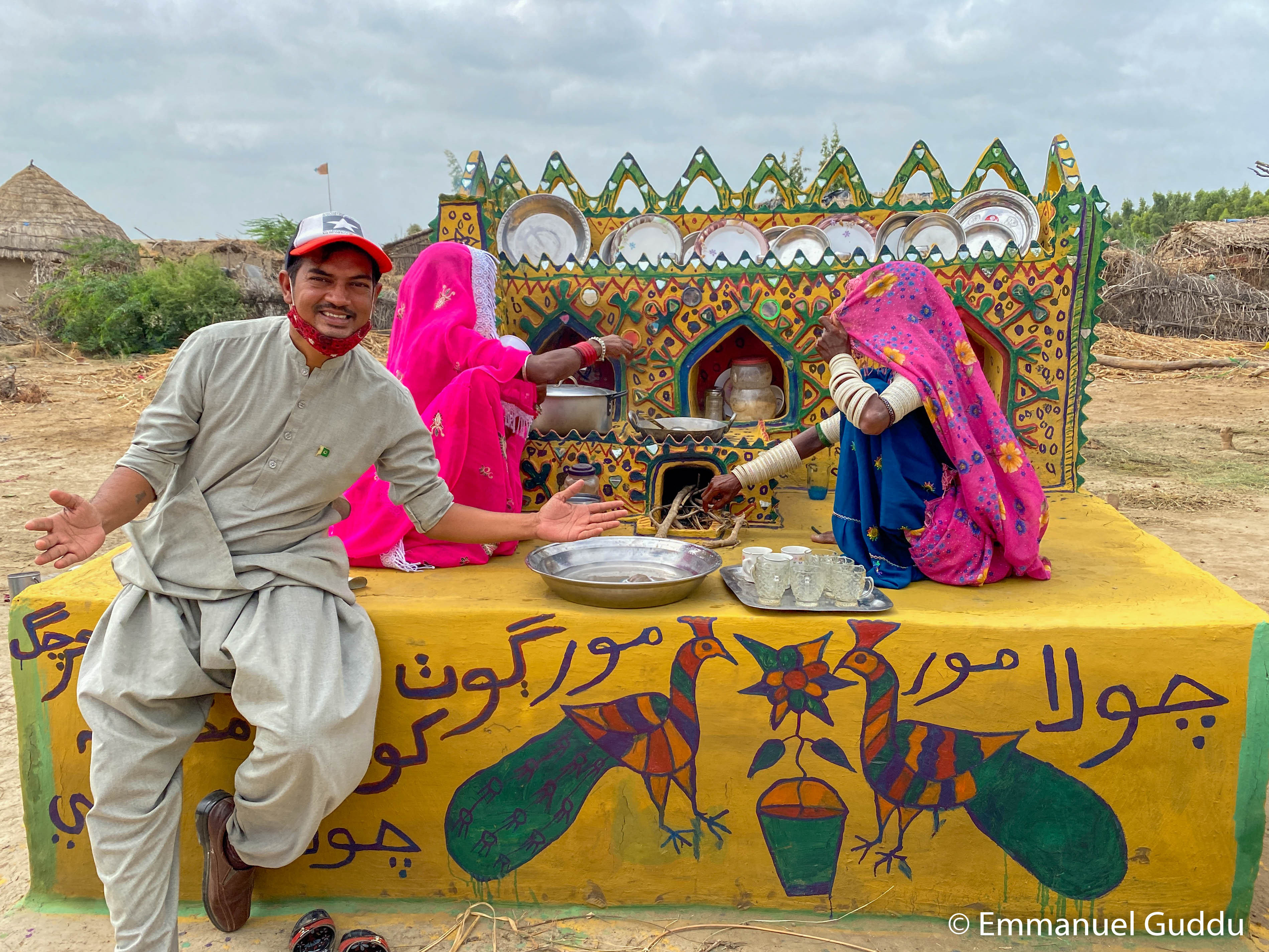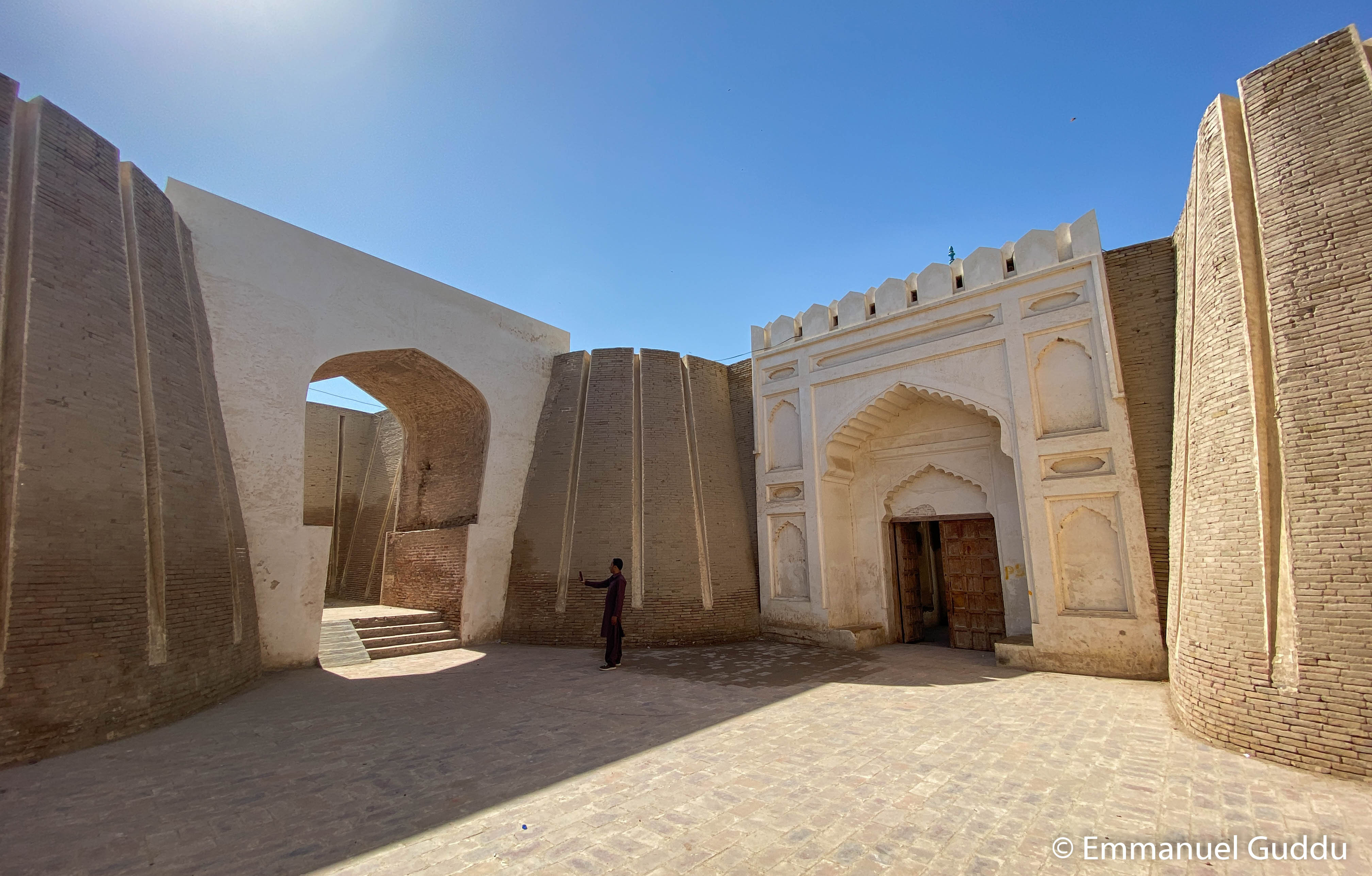Every year, thousands of tourists flock to Gilgit-Baltistan and the Galiyats to seek refuge from the hustle and bustle of cities. Once people have ticked these places off their travel bucket lists, they mistakenly believe they have seen all there is in the country. A new breed of travel photographers and vloggers are challenging this notion by promoting tourism in their native regions to provide people with alternative holiday destinations.
As a university student, Jamshed Burki was often met with negative remarks and misperceptions about his homeland Waziristan. Tribal areas of Waziristan are often stereotyped as conservative and unsafe arid mountainous regions, typically not the most favourable conditions for a holiday. Burki, undeterred by people’s comments, set out to explore Waziristan and bring us along with him through his camera lens.
When Burki started travelling in 2018, he did not see any tourism in the tribal areas besides a few locals at different spots. Since then, he travelled to different tribal areas to uncover the breath-taking beauty of Waziristan. It was not until 2020 that people began coming to Waziristan, much of which can be credited to Burki.
Burki has taken many long and arduous journeys, most of which he documented on his YouTube channel and Instagram [@jamshedburkii] and Facebook accounts. From hiking on dangerous trails to being on the go on his motorbike for hours, Burki has done it all.

Besides dismantling the negative views about tribal regions, Burki wanted to promote these areas to attract tourism. “Tribal areas have as much potential as Naran, Kaghan, and Swat, and most people here belong to low and middle-income backgrounds, so a boost in tourism will help revive local businesses and jobs. This will ultimately bolster growth within the region as well as contribute to the country’s economy. Crucially, tourism can also promote cultural exchange among Pakistan’s citizens.”
Tourists who have not previously travelled to the tribal areas may have their reservations, but Burki says that he has never experienced any sort of security issues. People travelling for the first time should get in touch with local guides to avoid any unforeseen issues, and tourists should always cooperate with local officials and law enforcement personnel. “During my trips, I regularly come across tourists including families from different parts of the country. I often ask them about their experiences, and most respond affirmatively and praise the locals’ hospitality.”
“For people visiting Waziristan for the first time, some of the places I would recommend are Orakzai, Bajaur, Upper South Waziristan, Parachinar, and Tirrah Valley. Parachinar is the only tribal area where you can see snow on mountaintops throughout the year. Besides these areas, Takht e Sulaiman has historical significance.” However, the trek to Takht e Sulaiman is extremely dangerous and taxing so Burki only recommends it to people who have a knack for adventure. He also suggests it is best to have local hikers with you for this trek.
Although the region is still adapting to tourism and lacks several facilities, Burki says many locals have set up restaurants, small hotels, and lodges to host tourists. Most of these facilities are priced reasonably and offer satisfactory services so they are ideal for people looking for a budget-friendly holiday. Given that Waziristan’s residents are not accustomed to a lot of tourism, tourists should make sure that they do not disturb locals’ privacy to avoid any conflict.
After covering almost all the tribal areas within Waziristan, Burki is now venturing out to other tribal areas of Khyber Pakhtunkhwa. He hopes that the provincial tourism department recognises the potential for tourism in the tribal areas and invests in them perhaps by facilitating local businesses to improve their services and reforming the existing road infrastructure to ease commutes between different areas.

From community service to tourism
Despite having an abundance of heritage and archaeological sites and enjoying a diversity of cultures and traditions, Sindh has failed to attract tourism over the years. The province’s sweltering weather conditions coupled with the negative image perpetuated in the mainstream media have discouraged people from visiting other parts of the province besides Karachi.
In 2010, Emmanuel Guddu from Sindh’s Kachhi Kolhi community was sent on an assignment by his former employer, a local NGO, to cover the floods in the Khairpur region. Little did Guddu know that a few amateur photos he took there would end up receiving widespread praise. Thereafter, Guddu decided to pursue photography to capture and showcase the beauty of Sindh, which is largely ignored. He now goes by the name Guddu Pakistani on social media.
Initially, Guddu experienced difficulties travelling in Sindh due to the hot temperatures and shabby road infrastructure along with having to navigate places on his own. However, Guddu was lucky to have found locals who were willing to assist him as well as welcome him into their homes and offer him food and shelter.
Guddu says that “in television dramas, Sindh is often depicted as a region that is home to robbers and goons.” Consequently, Pakistanis outside of Sindh have a distorted view of the province and are unwilling to travel there. In an attempt to fill the gaps left by the mainstream media, Guddu visits different Muslim, Hindu, and Christian communities in the province to highlight their unique culture, traditions, and rituals on his YouTube, Facebook, and Instagram accounts. He has found the majority of the people very warm and welcoming.
Guddu urges people across the country to visit Sindh to experience for themselves its cultural, natural, and historical glory. “The Makli Necropolis, which is one of the largest necropolises in the world, is a must-visit site. Many ancient kings, queens, governors, saints, scholars, and philosophers are buried here in sumptuous brick or stone monuments. Mohenjo Daro, in the Larkana district, is another archaeological wonder that is a remnant of the Indus Civilisation. Besides this, Sindh has an abundance of shrines that are worth visiting. Some of which are Shrine of Hazrat Lal Shahbaz Qalandar in Sehwan, Shrine of Hazrat Shah Abdul Latif Bhittai in Bhitt Shah town, Shrine of Hazrat Sachal Sarmast, and Odero Lal Shrine.”
“The Ranikot Fort, also known as The Great Wall of Sindh, is thought to be the world’s largest fort and is compared to the Great Wall of China. The Botar Lake is a site for sore eyes as the lake is famous for its lotus flowers. Many historical palaces can be found across Sindh including the Kotdiji and Faiz Mahal in Khairpur.,” Guddu adds.

Most of these sites are easily accessible through the larger cities, including Karachi, Jamshoro, Larkana, Sukkur, and Mirpurkhas. A quick Google search can help you find affordable accommodation in different cities and local travel companies that arrange tours.
With summer holidays right around the corner, both Waziristan and interior Sindh should be on everyone’s travel lists, especially heritage and archaeology enthusiasts.
Burki and Guddu have both shown incredible determination in promoting their respective regions. It is fair to say their efforts have put Waziristan and interior Sindh back on the map. Now, the provincial governments and local administrations must assume responsibility to prevent their efforts from going in vain.
Even though Pakistan has had a poor track record with promotion of tourism and upkeep of tourist sites, many emerging local photographers, vloggers, and bloggers have done half the Pakistan Tourism Development Corporation’s job. Perhaps, provincial tourism departments should work with local photographers and vloggers and utilise their knowledge and expertise to revive local tourism industries. Travel and tourism can potentially become a major contributor to the country’s GDP if the relevant departments take timely, earnest, and concrete measures.
